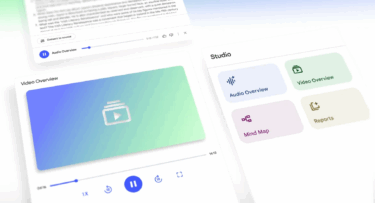OpenAI has released a prompting guide for GPT-5.1, its latest model designed to follow instructions with more precision. The guide walks developers through how to update existing workflows and adjust their prompting habits for the new system.
For teams coming from GPT-4.1, OpenAI recommends switching to the new "none" reasoning mode, which runs without reasoning tokens and behaves more like earlier models. According to OpenAI, GPT-5.1 can still be pushed toward more careful reasoning through targeted prompts, even when this mode is enabled.
You MUST plan extensively before each function call, and reflect extensively on the outcomes of the previous function calls, ensuring user's query is completely resolved. DO NOT do this entire process by making function calls only, as this can impair your ability to solve the problem and think insightfully. In addition, ensure function calls have the correct arguments.
Teams upgrading from GPT-5 are encouraged to tune the model for completeness and consistency, since responses can sometimes be too narrow. The guide suggests reinforcing step-by-step reasoning in prompts so the model plans ahead and reflects on its tool use.
More precise control over GPT-5.1 behavior
The GPT-5.1 prompting guide outlines expanded options for shaping model behavior. Developers can define tone, structure, and agent personality for use cases like support bots or coding assistants.
The guide also recommends setting expectations for response length, snippet limits, and politeness to avoid unnecessary verbosity and filler. A dedicated verbosity parameter and clear prompting patterns give developers tighter control over how much detail the model includes.
<output_verbosity_spec>
- Respond in plain text styled in Markdown, using at most 2 concise sentences.
- Lead with what you did (or found) and context only if needed.
- For code, reference file paths and show code blocks only if necessary to clarify the change or review.
</output_verbosity_spec>
The guide introduces two new tools for programming agents. "apply_patch" produces structured diffs that can be applied directly and, according to OpenAI, reduces error rates by 35 percent. The "shell" tool lets the model propose commands through a controlled interface, supporting a simple plan-and-execute loop for system and coding tasks.
For longer tasks, OpenAI recommends prompts such as "persist until the task is fully handled end-to-end within the current turn whenever feasible" and "be extremely biased for action." This encourages GPT-5.1 to complete tasks independently, make reasonable decisions when instructions are vague, and avoid getting stuck in unnecessary clarification loops.
Using metaprompting to debug prompts
The guide also covers metaprompting, a method where GPT-5.1 analyzes its own prompts, identifies error patterns, and suggests fixes.
OpenAI recommends this two-step approach for maintaining large or conflicting system prompts. In this setup, the model acts as a prompt debugger, spotting inconsistencies and proposing targeted patches.







